Blog
Understanding the Importance of Cable Tray Wire in Modern Electrical Installations
In today's rapidly evolving electrical infrastructure, the role of cable tray wire has become increasingly significant in ensuring safe and efficient power distribution. As modern buildings grow in complexity and technology advances, the need for robust wiring solutions that can support extensive networking and electrical systems is paramount. Cable tray wire offers an effective means to organize and protect electrical cabling while facilitating ease of installation and maintenance, making it a vital component in contemporary construction practices.
The adoption of cable tray wire systems is not just a trend but a necessary evolution that responds to the challenges faced by electrical engineers and contractors. It provides numerous advantages, including enhanced durability, versatility, and the ability to withstand environmental factors that could compromise less protected wiring. Additionally, cable trays contribute to improved airflow around cables, which is essential for preventing overheating and ensuring the longevity of electrical installations.
As we delve deeper into the importance of cable tray wire in modern electrical installations, this article will explore the various types of cable trays available, their applications, and how they contribute to a safer, more organized, and efficient electrical system. Understanding these elements is crucial for anyone involved in electrical installation and maintenance, as they not only impact the effectiveness of the current setup but also the future scalability and reliability of electrical systems.
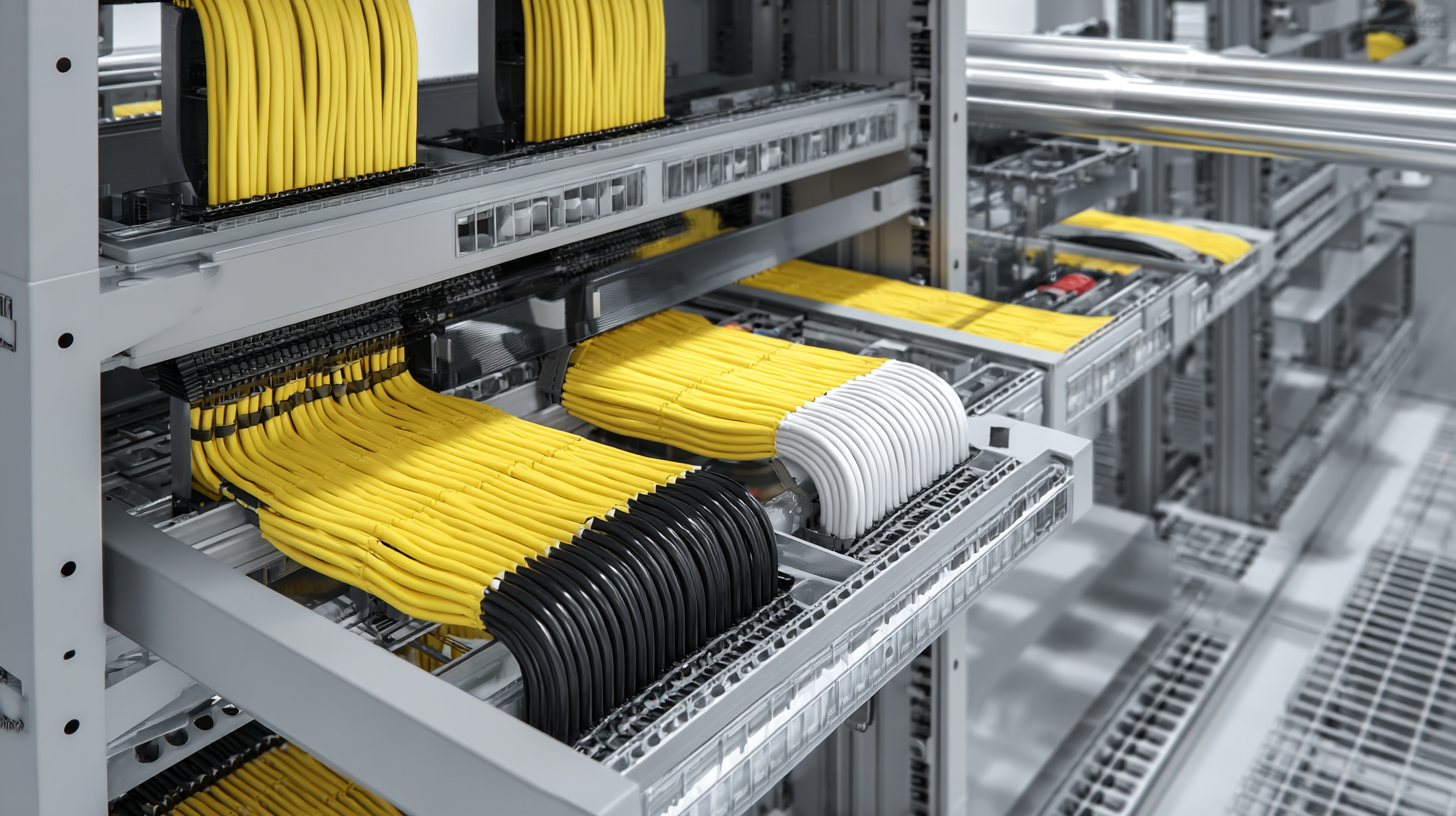
The Role of Cable Tray Wire in Enhancing Electrical System Safety
In modern electrical installations, cable tray wire plays a crucial role in enhancing the overall safety of electrical systems. By providing a secure and organized pathway for electrical cables, cable trays minimize the risks of excessive heat buildup and electrical shorts. A well-structured cable management system ensures that wires are kept away from moisture and potential physical damage, which can lead to hazardous situations.
Tips: When planning your cable tray installation, consider the material of the tray; materials such as steel or aluminum offer different levels of durability and resistance to environmental factors. Additionally, ensure that cables are not overcrowded in the trays, as this can lead to overheating and increased fire risk.
Proper grounding is another essential aspect of using cable tray wire. Establishing an effective grounding system protects against electrical faults and enhances overall safety. Regular inspections of the cable trays and their contents will help identify any signs of wear or damage, allowing for prompt maintenance or replacement.
Tips: Always adhere to local electrical codes and regulations when installing cable trays, as compliance is key to ensuring safety and preventing future issues.
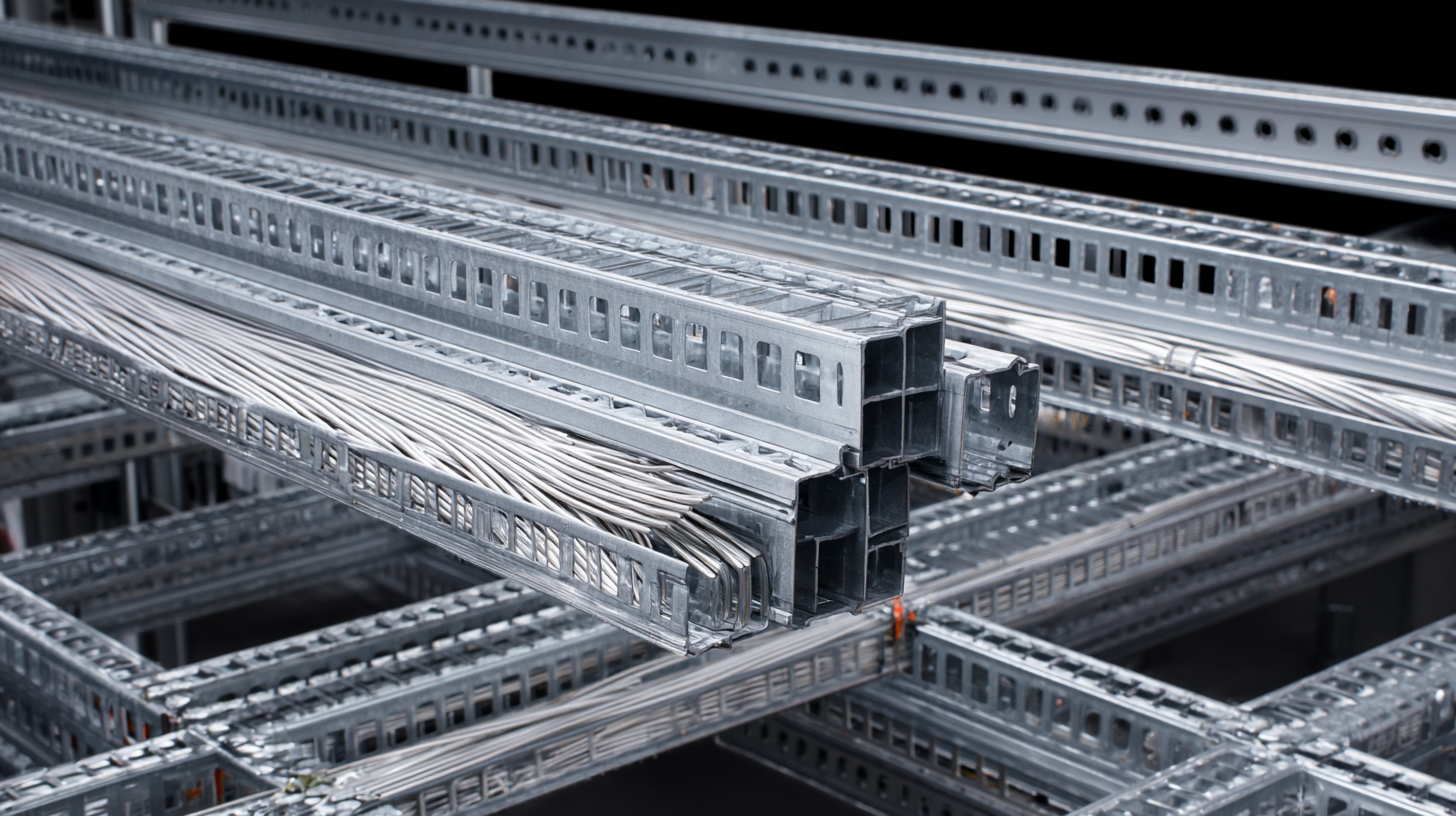
Types of Cable Tray Wire: Choosing the Right Option for Your Installation
When it comes to electrical installations, selecting the right type of cable tray wire is crucial for ensuring safety and efficiency. There are several options available, each suited to different environments and requirements. For instance, steel cable trays offer exceptional durability and strength, making them ideal for heavy-duty applications. In contrast, aluminum trays are lightweight and resistant to corrosion, making them suitable for environments where weight reduction is a priority.

Additionally, non-metallic cable trays are gaining popularity due to their resistance to harsh chemicals and moisture, making them an excellent choice for outdoor or industrial settings. Moreover, it’s essential to consider factors such as the weight of the cables, load capacity, and potential exposure to environmental factors when choosing the right cable tray wire. By understanding these different types and their unique advantages, you can make informed decisions that enhance the performance and longevity of your electrical installations.
Benefits of Using Cable Tray Systems in Modern Electrical Design
Cable tray systems play a crucial role in modern electrical design by providing a structured and efficient method for managing wires and cables. These systems enhance installation processes by allowing for easy access and organization, which is particularly beneficial in complex environments such as automotive industries where zonal architecture is becoming increasingly relevant. With the rise of software-defined vehicles and advanced automation, an efficient cable management system not only simplifies the installation but also addresses specific challenges by enabling streamlined connectivity between various components.
Furthermore, the implementation of cable tray systems contributes to the intelligent and efficient management of electrical networks. In a society that relies heavily on electrical energy, ensuring that these networks are organized and accessible is paramount. By using cable trays, industries can improve their operational productivity while reducing the risk of damage and interference among cables. This approach aligns with emerging trends in IoT and automation, which can further optimize electrical systems in construction and other fields, ultimately leading to enhanced engineering productivity and sustainable design solutions.
Understanding the Importance of Cable Tray Wire in Modern Electrical Installations
This chart illustrates the benefits of using cable tray systems in modern electrical design. The data represents the percentage of electrical professionals who prioritize various advantages of cable tray wire systems in installations.
Installation Best Practices for Cable Tray Wire in Electrical Projects
When it comes to modern electrical installations, understanding the installation best practices for cable tray wire is crucial. Proper installation not only ensures safety and efficiency but also enhances the longevity of the electrical system. One key best practice is to select the appropriate cable tray type for the specific environment, taking into account factors such as moisture, temperature, and potential chemical exposure. This careful selection helps mitigate risks and facilitates easy maintenance.
Tip: Always ensure that the cable tray is appropriately grounded to minimize the risk of electrical shocks. This step is often overlooked but is vital for the safety of the entire installation.
Another important aspect is adhering to weight limitations while loading the cable trays. Overloading can cause sagging, leading to potential damage to the cables within. It's advisable to plan the layout meticulously, distributing the weight evenly across the trays.
Tip: Use cable ties or clamps to secure the cables within the tray, preventing movement that could lead to wear and tear over time. This small but effective measure can greatly extend the lifespan of the cable installation.
Maintenance Tips for Ensuring Longevity of Cable Tray Wire Systems
To ensure the longevity of cable tray wire systems, regular maintenance is essential. One key aspect of maintenance is to conduct routine inspections. Check for any signs of wear and tear, corrosion, or damage to the wire insulation. Early detection of issues can prevent more significant problems down the road. It's also advisable to clean the trays periodically to remove dust, debris, and any accumulated moisture that could potentially compromise the wiring.
Another crucial tip for maintaining cable tray wire systems is to keep the environment dry and well-ventilated. High levels of humidity and poor airflow can lead to moisture buildup, which can damage the wires over time. Additionally, ensure that the cables are not overloaded; adhering to the recommended load capacities will help avoid overheating and reduce the risk of damage. By following these preventive measures, the lifespan and efficiency of cable tray wire systems can be significantly enhanced.
Related Posts
-
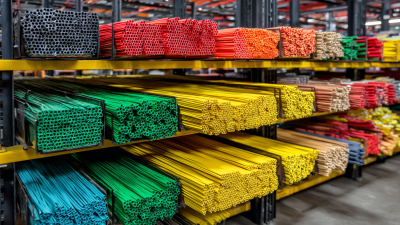
Top Tips for Selecting the Best Cable Tray Wire Manufacturer for Your Needs
-

The Future of Plastic Cable Tray Innovations and Sustainability
-

How to Select the Right Basket Cable Tray for Your Wiring Needs
-

How to Choose the Right Black Cable Tray for Your Wiring Needs
-
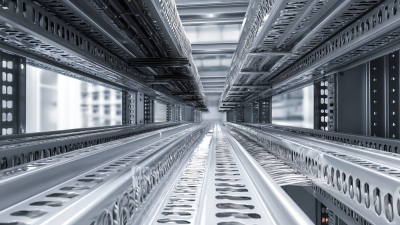
Enhancing Electrical Safety: The Critical Role of Metal Cable Trays in Modern Infrastructure
-
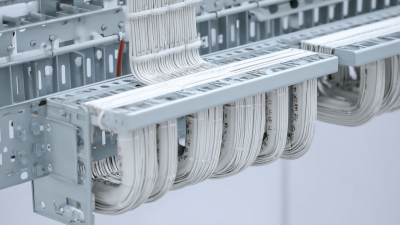
What are the Benefits of Using B Line Cable Tray in Electrical Installations
Exclusive Access
Unlimited Resources
Detailed information on our products to assist you with the planning of your cable management project
Register Now